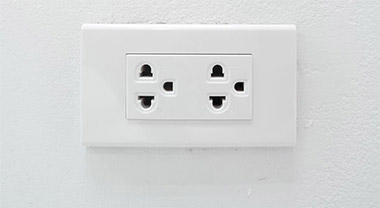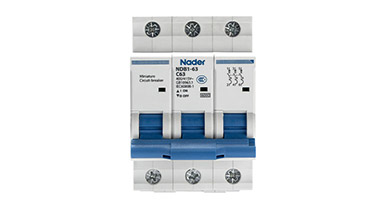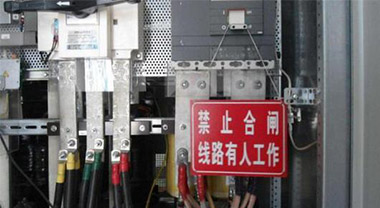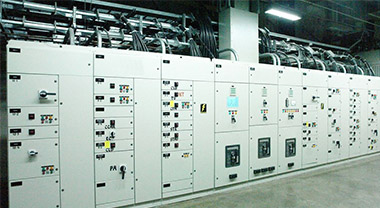The function of shunt release in low voltage circuit breaker
Shunt release is an accessory for remote control of opening. The shunt release is essentially an opening coil plus a release. Thermal trip and electromagnetic trip also use this trip unit. Apply a specified voltage to the shunt trip coil, and the circuit breaker will trip and open.
Shunt releases are commonly used in remote automatic power-off control, and are used for remote operation of low-voltage circuit breaker opening control. Its electromagnetic coil is connected in parallel with the power supply side of the low-voltage circuit breaker. When the opening operation is required, press the normally open button to make the electromagnet of the shunt release electrically attract the armature, and the free trip mechanism is pushed through the transmission mechanism to trip the low-voltage circuit breaker.
Shunt release is mainly used to remotely open the switch to control the disconnection of the circuit.
Principle of action: Press release, its release (coil) has voltage when it is working normally, this voltage enables the lock hook of the release to overcome the spring force, so that the circuit breaker can be closed normally. When the voltage drops to its limit When the value is set, the lock hook of the trip unit will reset and the circuit breaker will trip to break the circuit.
Shunt release is an accessory for remote control of opening. When the power supply voltage is equal to any voltage between 70% and 110% of the rated control power supply voltage, the circuit breaker can be disconnected reliably. The shunt release is a short-time work system, and the coil energization time generally cannot exceed 1S, otherwise the coil will be burned.




